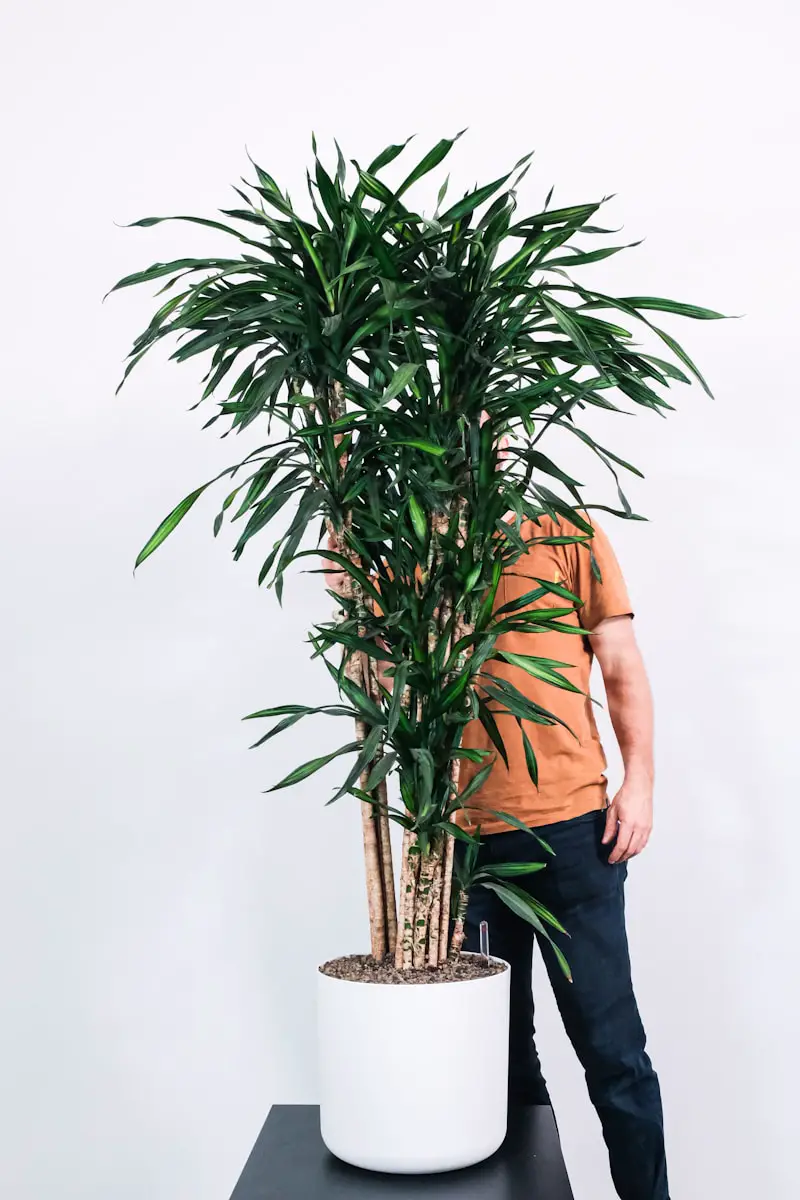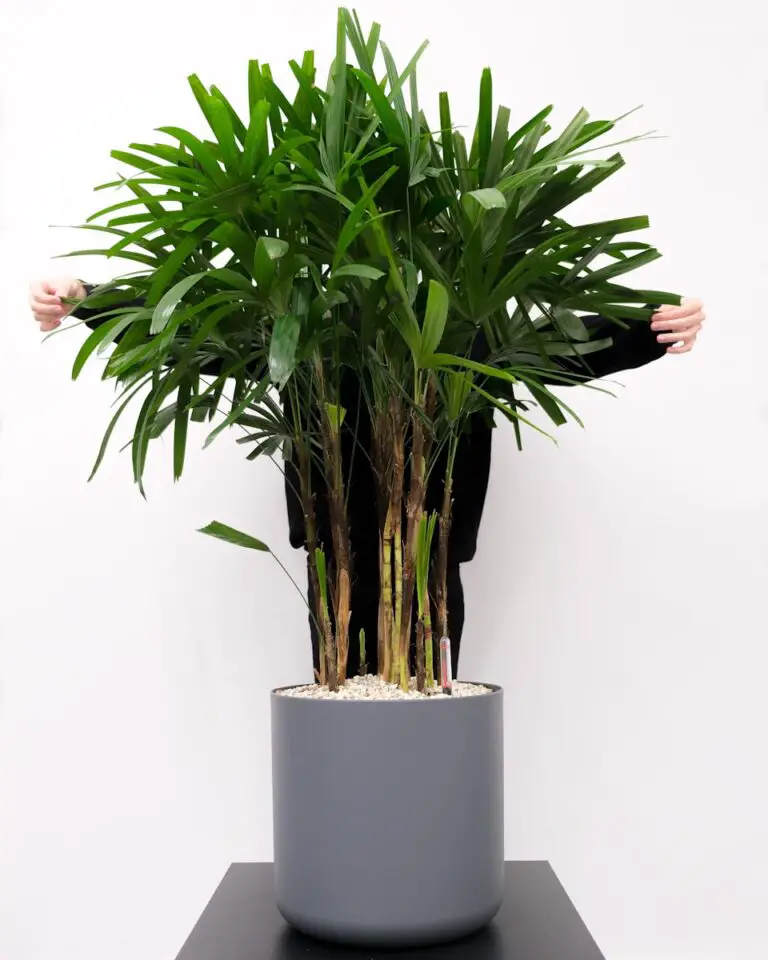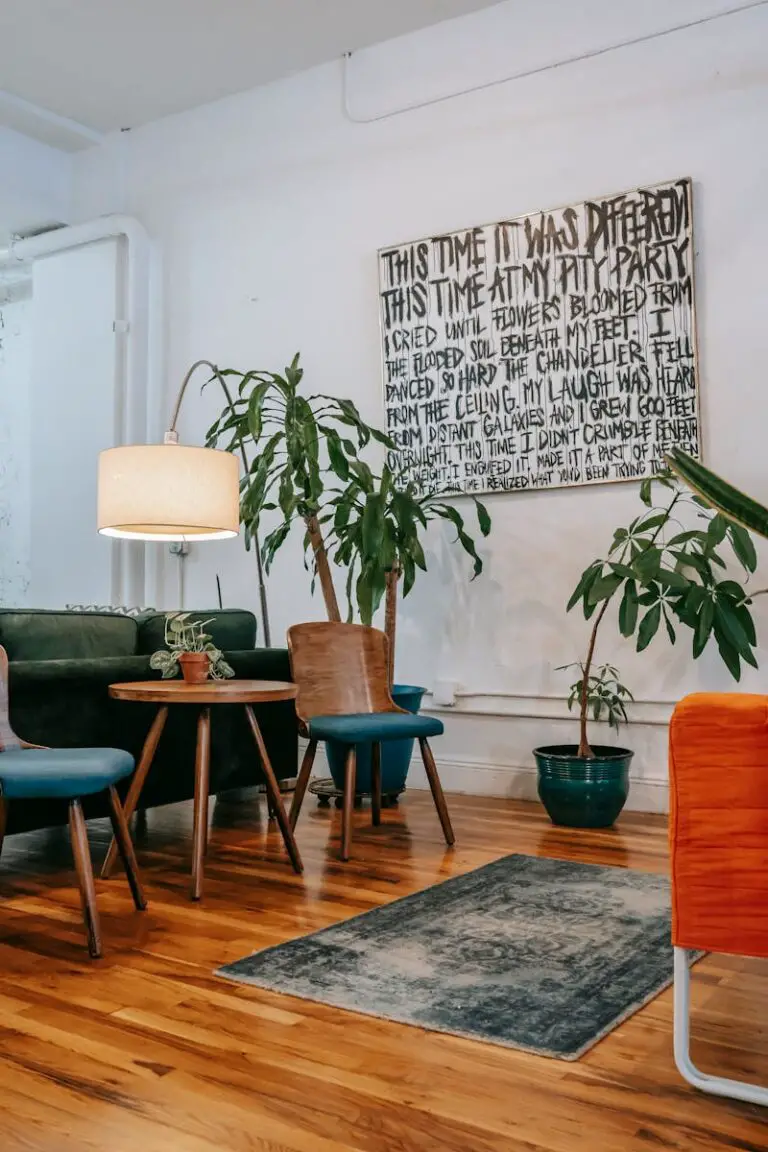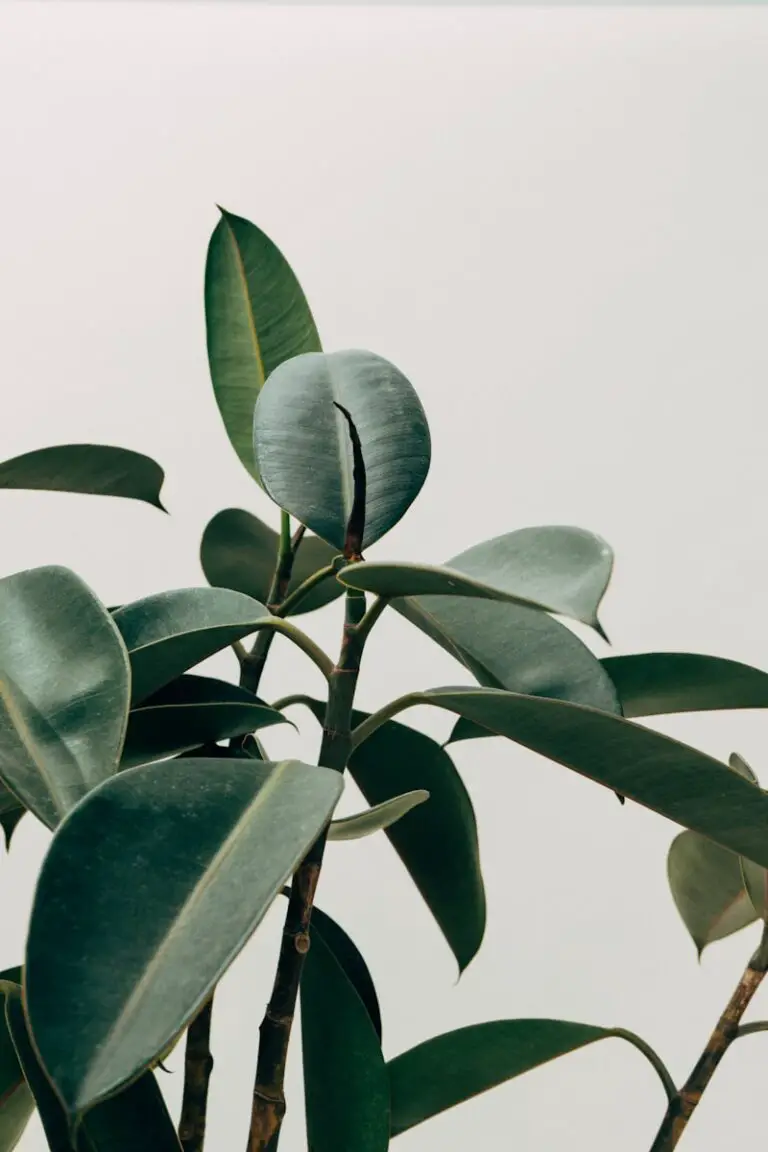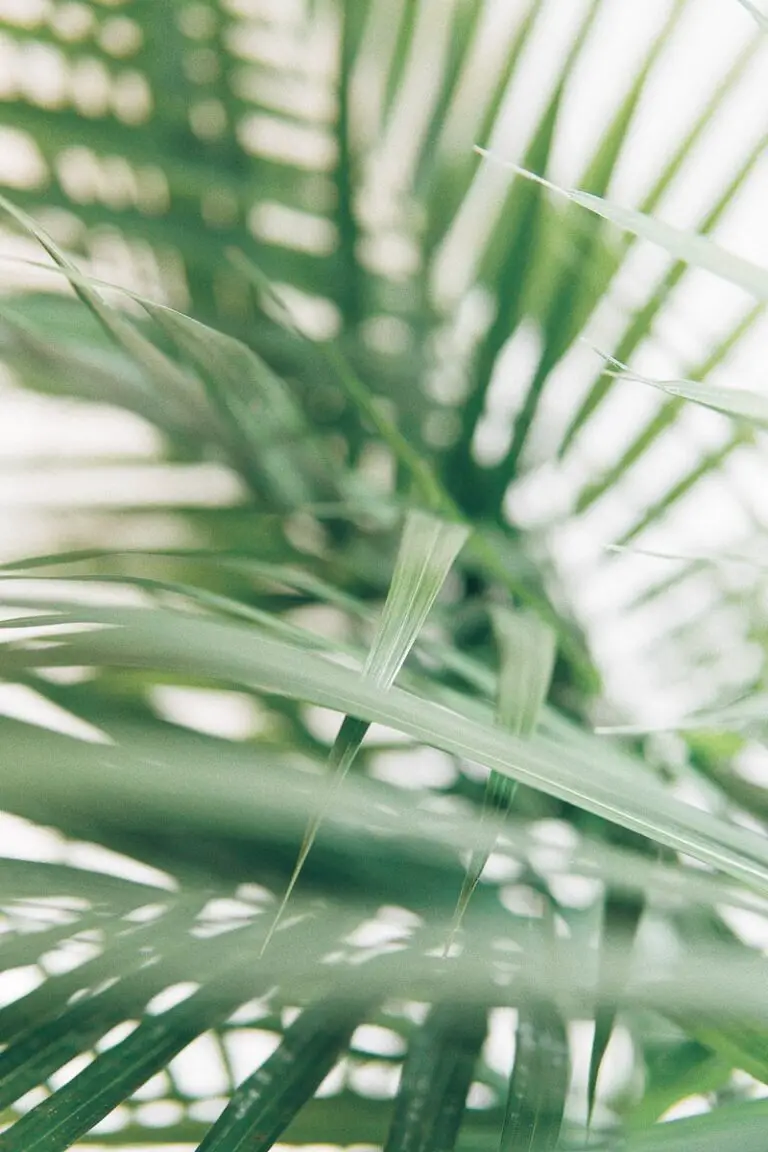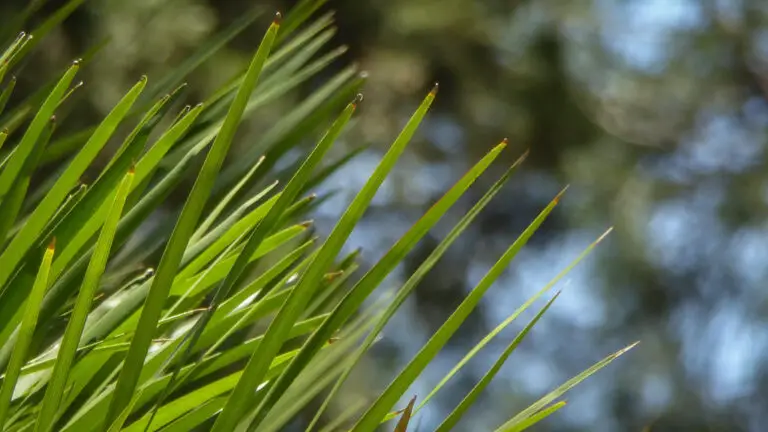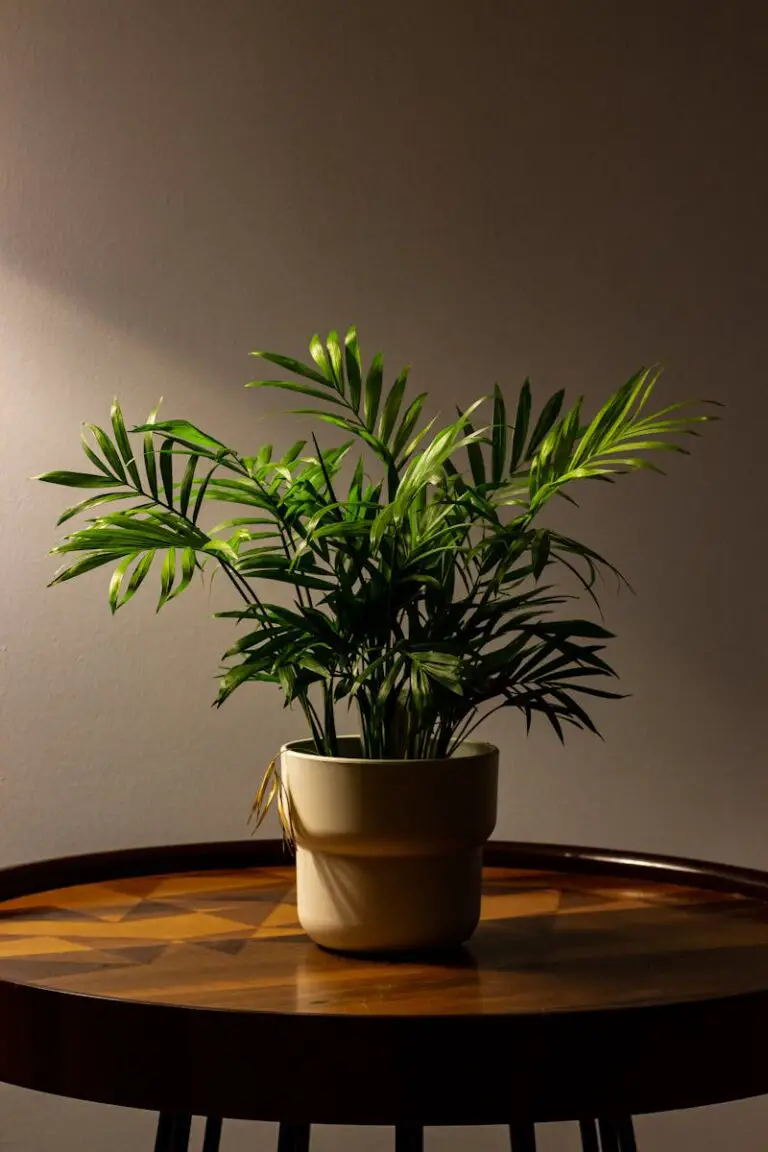Decoding Indoor Bamboo Palm Stress Signs: Yellowing Leaves and Browning Tips
Indoor gardening is a growing trend, and for good reason. Not only do houseplants bring life into our living spaces, but they also offer a range of mental and physical health benefits. Among the most popular indoor plants is the elegant and hardy bamboo palm. Recognizable by its slender stalks and airy, green fronds, the indoor bamboo palm – also known as Chamaedorea seifrizii – is a staple for many home gardeners thanks to its relatively low maintenance requirements.
However, even tough plants like the indoor bamboo palm can exhibit signs of stress, often through tell-tale yellowing leaves and browning tips. These signs are a means of communication from the plant, and understanding them is crucial for any plant parent. This blog post will guide you through deciphering these common stress signals, their causes, and most importantly, what you can do to nurse your indoor bamboo palm back to health.

Common Stress Signs in Indoor Bamboo Palms
Yellowing leaves and browning tips are not just aesthetic issues; they often signal deeper plant health concerns. Identifying these signs early and taking action can make the difference between a thriving plant and one that’s struggling to survive.
Yellowing Leaves: Causes and Remedies
Cause: Several issues can lead to yellow leaves on your indoor bamboo palm. Common culprits include overwatering, underwatering, improper lighting, and even pests. In the case of overwatering, roots can suffocate and rot due to a lack of oxygen, leading to yellowing. On the other hand, underwatering can cause a moisture deficit that results in leaf yellowing and possible drooping.
Remedies: To treat yellowing leaves, make sure your plant is receiving the right amount of water; always check the soil moisture before watering. Prune away any severely yellowed leaves as they will not recover. If pests are the issue, address them with appropriate neem oil-based treatments to avoid further spreading.
Browning Tips: Identifying the Root Causes
Cause: Browning leaf tips, also known as ‘leaf scorch,’ can result from a variety of factors, but two common ones are low humidity and over-fertilization. When indoor air is too dry, plants transpire faster than moisture is replaced, leading to browning. Likewise, too much fertilizer can cause a build-up of salts in the soil, which can draw water away from the roots, leading to leaf tip burn.
Remedies: Increase humidity levels around your indoor bamboo palm by placing it on a tray of pebbles and water or by using a room humidifier. If over-fertilization is the issue, repot the plant in fresh soil, and reduce your feeding regimen to the recommended levels.

Understanding Plant Stress
Plant stress can be a complex issue influenced by a range of environmental factors. Understanding these factors is key to maintaining a healthy indoor bamboo palm.
Environmental Factors Affecting Indoor Bamboo Palms
The key to plant health lies in the triumvirate of growing conditions: light, water, and air. Your bamboo palm requires moderate to bright, indirect light, which is often harder to come by in indoor environments. Stagnant air, common indoors, can also affect your plant’s health, as it limits necessary gas exchange and carbon dioxide absorption for photosynthesis.
Tips for Maintaining Optimal Growing Conditions
To ensure your indoor bamboo palm thrives, aim for conditions that echo its natural habitat, which is a tropical rainforest. This means filtering the sunlight to create dappled conditions, ensuring a correct watering schedule, and perhaps the most challenging aspect, providing adequate airflow.
Caring for Stressed Indoor Bamboo Palms
When your bamboo palm is stressed, proactive care can make a significant difference. Implement these strategies to rejuvenate your plant.
Pruning Techniques
Pruning can help revitalize a stressed bamboo palm. Remove any yellow or brown leaves as these will not recover and may divert resources from healthier parts of the plant. Additionally, trim any fronds that are significantly out of proportion with the rest of the plant to promote balanced growth.
Watering and Fertilizing Guidelines
Watering should be moderate and consistent, allowing the soil to partially dry between waterings to avoid root rot. Fertilize your indoor bamboo palm sparingly, following the recommendations on the fertilizer packaging, and always apply to moist soil to mitigate the risk of fertilizer burn.
Light and Humidity Requirements
Ensure that your indoor bamboo palm gets the light it needs either by placing it near a north or east-facing window or by using artificial grow lights. Monitor humidity levels, and make adjustments as needed, being careful not to waterlog the plant by attempting to increase the humidity.
Case Studies and Examples
To illustrate the importance of recognizing and responding to stress signs, consider these scenarios that many indoor bamboo palm owners may have encountered.
Case Study 1: Jane’s bamboo palm started showing signs of stress, with its leaves yellowing from the bottom up. Upon assessing her care routine, she realized that she had been overwatering. Adjusting her watering schedule and removing the unsalvageable leaves led to noticeable improvements in just a few weeks.
Case Study 2: Mike noticed his bamboo palm’s leaf tips were browning, and some leaves were curling. His plant was near a heater, which combined with low humidity was likely the cause. By relocating the plant and misting its leaves, he managed to reverse the browning and prevent further leaf damage.
Conclusion
Ensuring the health of your indoor bamboo palm is a satisfying and rewarding endeavor, but it requires attention to the plant’s needs and vigilant observation of stress signs. By closely monitoring your plant, implementing the right care adjustments, and providing the most suitable growing conditions, you can enjoy the lush, green beauty of a healthy indoor bamboo palm for years to come. Remember, your plant is a living thing that will respond to the care and love you provide – give it the environment it needs, and it will thrive.
With this comprehensive guide, you’re now equipped to tackle the challenge of stressed indoor bamboo palms head-on. By taking a proactive approach and being responsive to your plant’s signals, both you and your bamboo palm can grow together in a harmonious indoor ecosystem.

